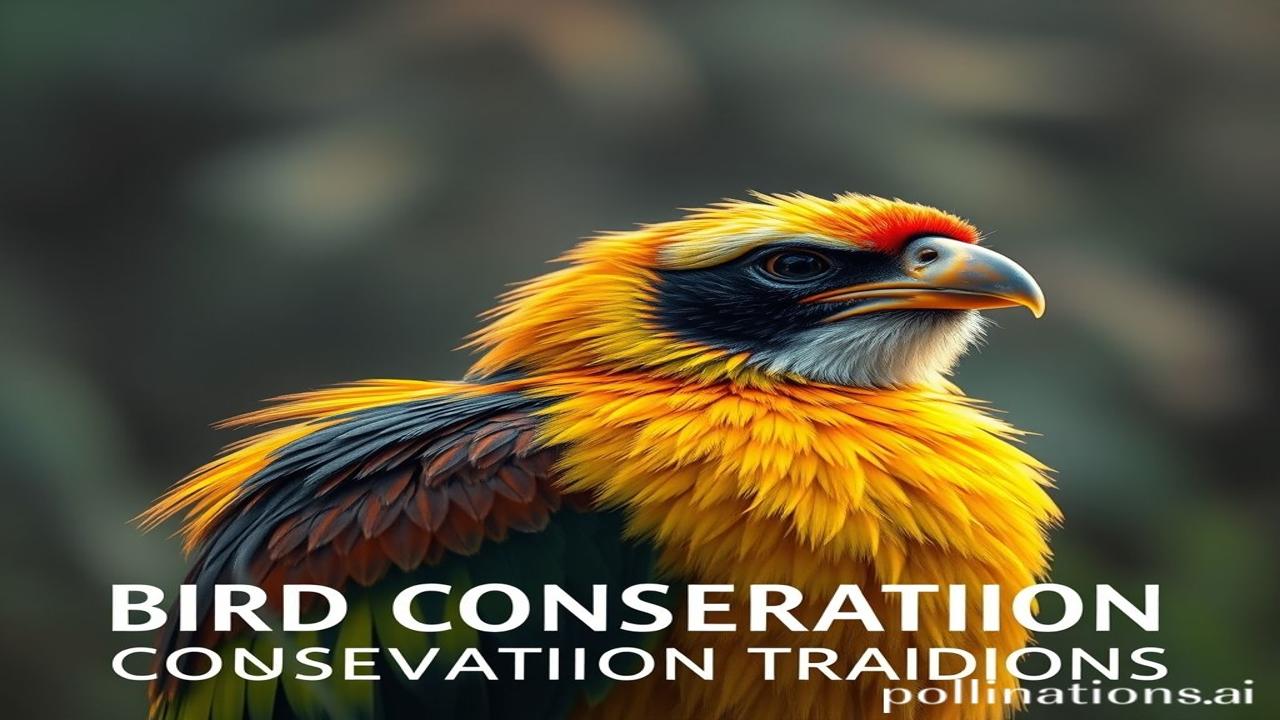Chidiya, Chirp aur Sanskriti: Unveiling India’s Ancient Bird Conservation Traditions
Waqt ki dhool mein dafn, ek aisi kahani hai jo pankhon ki phadphadahat aur mantras ke jaap ke beech sunayi deti hai. Imagine yourself, not too long ago, walking through an ancient Indian village. The air is thick with the scent of jasmine and wet earth after a monsoon shower. The rhythmic chanting from the local temple blends with the cheerful chirping of countless birds. This, my friends, is a glimpse into India’s deep-rooted tradition of bird conservation, a practice that goes far beyond just feeding pigeons.
Panchiyon Se Pyaar: A Historical Perspective
Bird conservation in India isn’t some new-fangled eco-trend; it’s woven into the very fabric of our culture, our dharma, our Bharatiyata. We’re talking about a tradition stretching back millennia, evident in our ancient texts, art, and even our daily practices.
From Vedic Times to Mughal Gardens: References to the sacredness of nature, including birds, can be found in the Vedas. Birds were considered messengers of the gods, symbols of auspiciousness, and integral to the balance of the ecosystem. Later, during the Mughal era, elaborate gardens were meticulously planned to attract and nurture various bird species. Think of Shalimar Bagh in Kashmir or Pinjore Gardens near Chandigarh. These weren’t just aesthetic choices; they reflected a conscious effort to provide sanctuary to avian life.
Beyond Royalty: The Common Man’s Connection: But this wasn’t limited to rulers and their fancy gardens. In villages across India, communities developed their own unique methods of bird conservation. Dedicated water holes (piao) were constructed, fruit-bearing trees were planted specifically for birds, and even the harvest was managed to leave enough grain for the feathered creatures. These practices, passed down through generations, highlight the deep respect for nature ingrained in the Indian psyche.
Jeevan Chakra: People and Birdlife in Harmony
Picture this: Ramu kaka, a farmer in a small village in Rajasthan, wakes up before dawn. He doesn’t just offer water to the sun; he also leaves a bowl of grains for the sparrows that gather on his thatched roof. “Yeh mere dost hain,” he’d say, stroking his beard. “Yeh fasal mein madad karte hain aur meri zindagi mein khushi late hain.”
Elsewhere, in a temple in South India, devotees meticulously clean the surrounding area, ensuring it’s safe for the peacocks that freely roam the grounds. These majestic birds aren’t just decorations; they are considered sacred and are protected with utmost care.
These everyday acts, repeated across the country, exemplify the unique relationship between humans and birds in India. It’s not just about survival; it’s about coexistence, a recognition that our fates are intertwined. Think of the chabutras (bird feeding platforms) you often see in old cities – they’re testament to this enduring connection.
Dharohar Aur Pehchaan: Bird Conservation Today
Today, despite rapid urbanization and environmental challenges, this tradition of bird conservation continues to resonate. We see it in the resurgence of interest in backyard birding, the growing popularity of wildlife sanctuaries, and the increasing awareness about the importance of protecting endangered species.
Bharatiyata and Modern Identity: Protecting birds isn’t just an environmental issue; it’s a part of our Bharatiyata, our cultural identity. It’s a reminder of our responsibility to preserve the natural heritage that has sustained us for centuries. By nurturing birdlife, we are reaffirming our commitment to living in harmony with nature, a value deeply embedded in our traditions.
Mazedar Tathya Ya Bhram-Bhanjak:
Myth: Log samajhte hain ki feeding birds is all about throwing a handful of grains.
Truth: While feeding birds is a good start, true conservation requires a more holistic approach. This includes creating safe habitats, protecting nesting sites, reducing pesticide use, and promoting awareness about responsible birdwatching. Simply throwing grains can actually be harmful if done improperly, attracting unwanted pests and disrupting the natural ecosystem.
Drisya Aur Bhavnayein:
Imagine the early morning air filled with the melodious songs of bulbuls and robins. The feel of cool, smooth stones beneath your feet as you walk around a temple courtyard. The sight of vibrant peacocks displaying their feathers in a monsoon shower. These sensory experiences are interwoven with the tradition of bird conservation in India, making it a deeply enriching and fulfilling practice.
Antim Vichar Ya Uddharan:
As the ancient Sanskrit saying goes: Athithi Devo Bhava – “The guest is equivalent to God.” Let us extend this same reverence and respect to the birds that grace our lands, remembering that they are not just visitors, but integral members of our shared ecosystem. Let their song be a constant reminder of our responsibility to protect the shakti and kala of the natural world.
